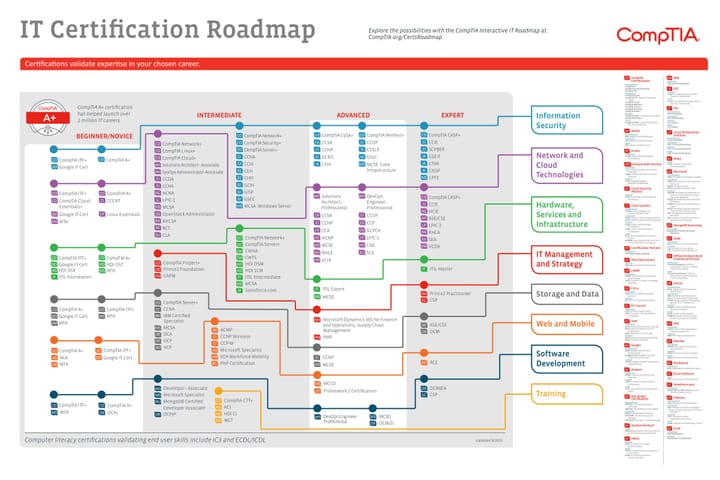The Lens Protocol: Transforming the Landscape of Social Media Engagement

Protocols play a crucial role in shaping the way we interact online. One protocol that's been making waves in recent times is the Lens Protocol, a revolutionary approach that sets itself apart from traditional protocols in the realm of social media. In this blog post, we'll delve into the Lens Protocol, exploring its distinctive features and highlighting how it differs from the conventional counterparts.
Understanding the Lens Protocol
The Lens Protocol can be likened to a new pair of glasses through which we view and engage with social media platforms. Unlike traditional protocols that often prioritise one-way communication and standardised interactions, the Lens Protocol introduces a dynamic, multi-dimensional approach to online conversations.
1. Decentralisation and Empowerment
One of the key differentiators of the Lens Protocol is its emphasis on decentralisation. Traditional social media platforms are often controlled by a central authority, leading to concerns about data privacy, censorship, and power imbalances. The Lens Protocol decentralises this control, empowering users to have greater autonomy over their data and interactions.
2. Customisable Filters and Perspectives
In contrast to rigid algorithms that define what content users see, the Lens Protocol introduces customisable filters and perspectives. Users can tailor their social media experience based on personal preferences, ensuring that the content they engage with aligns with their interests and values. This feature promotes a more personalised and fulfilling user experience.
3. Real-time Interaction and Engagement
Traditional protocols often limit the immediacy of social media interactions. The Lens Protocol, however, facilitates real-time engagement, allowing users to connect with others seamlessly. Whether it's live streaming, instant messaging, or collaborative content creation, the Lens Protocol fosters a sense of community and shared experiences.
Lens Protocol in Action: Social Media Use Cases
To better understand the impact of the Lens Protocol, let's explore a few social media use cases where it stands out:
1. Content Discovery
In a traditional protocol scenario, users might be bombarded with content based on algorithmic predictions. With the Lens Protocol's customisable filters, users can curate their content feeds, ensuring they discover relevant and diverse content tailored to their interests.
2. Live Events and Collaborative Projects
Imagine a social media platform where users can seamlessly collaborate on projects or join live events without the constraints of delayed interactions. The Lens Protocol's emphasis on real-time engagement opens up new possibilities for creative collaborations and collective experiences.
3. Data Ownership and Privacy
Concerns over data ownership and privacy have been persistent in the digital age. The Lens Protocol addresses these issues by placing control back into the hands of users, allowing them to decide how their data is utilised and shared within the social media ecosystem.
Embracing the Future with the Lens Protocol
As social media continues to play a central role in our daily lives, the Lens Protocol emerges as a beacon of change, challenging the norms and redefining the way we connect online. By prioritising decentralisation, customisation, and real-time engagement, the Lens Protocol opens up new possibilities for a more user-centric and empowering social media experience. As we look to the future, the Lens Protocol invites us to reimagine the digital landscape, fostering a space where individuals have the agency to shape their online interactions.



Comments ()